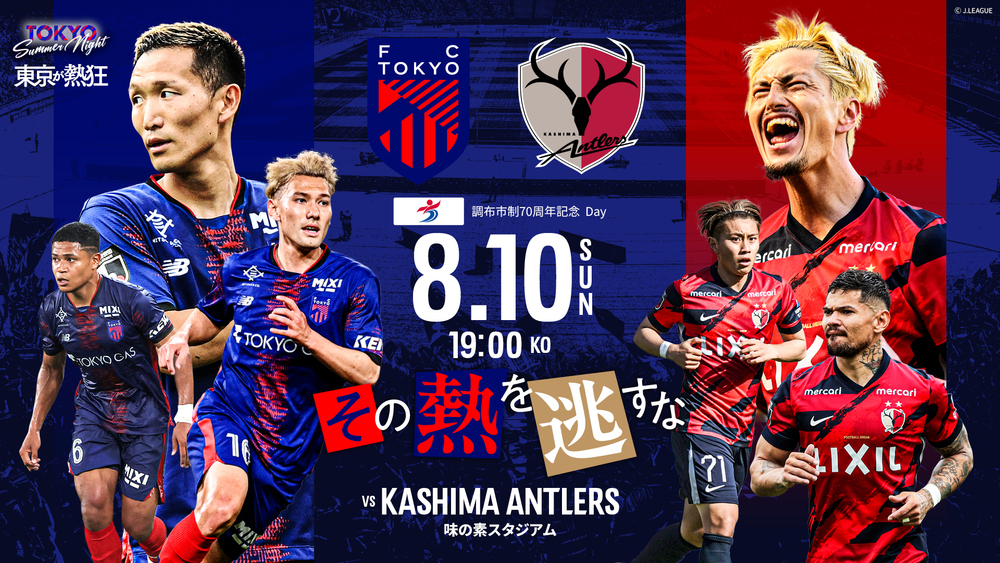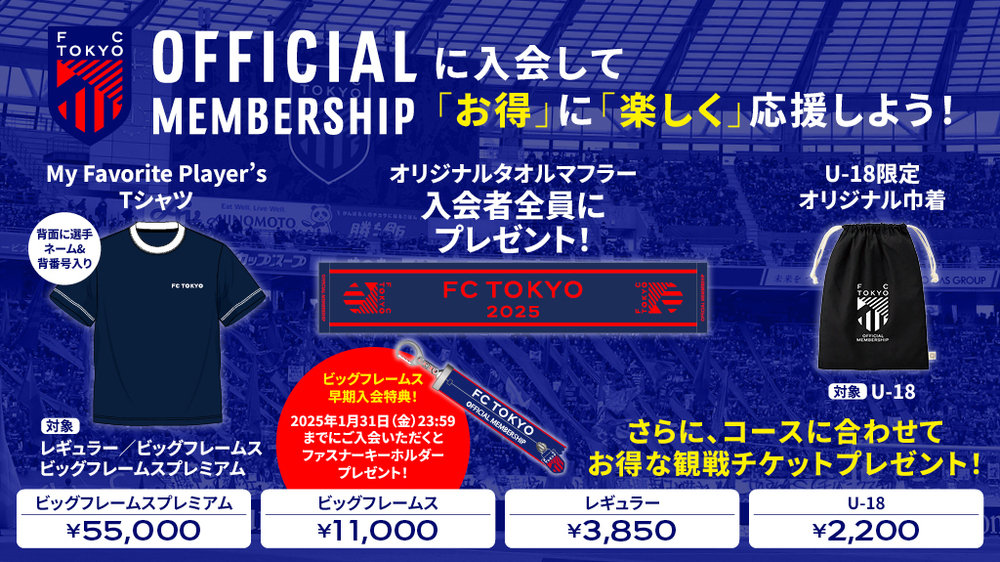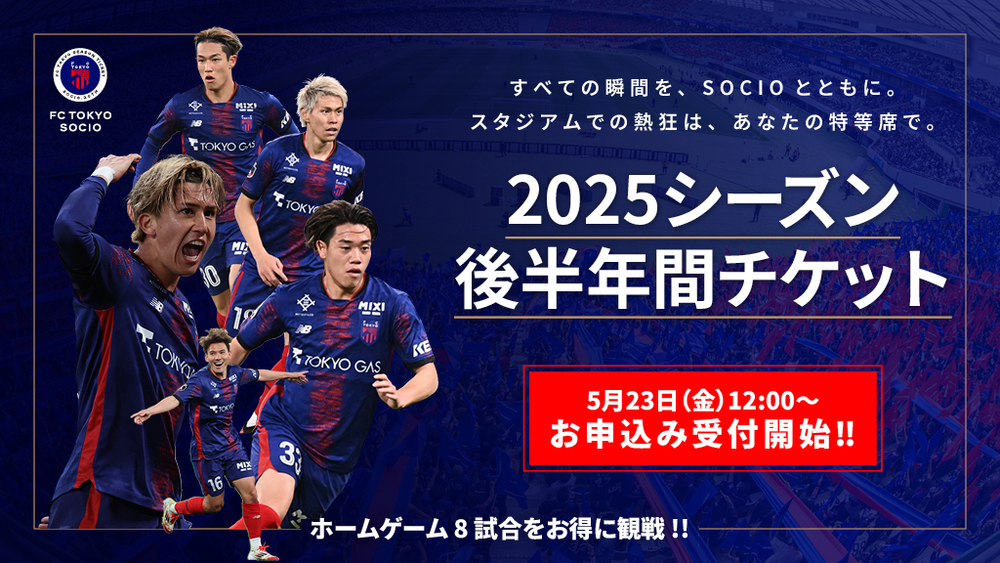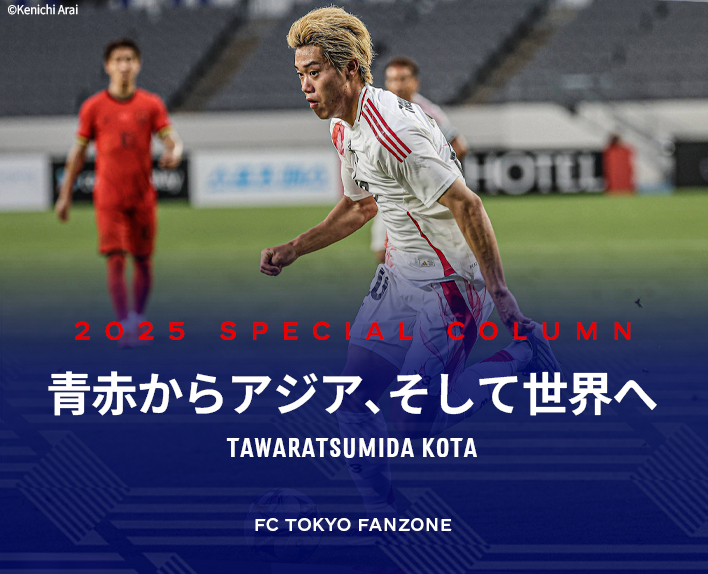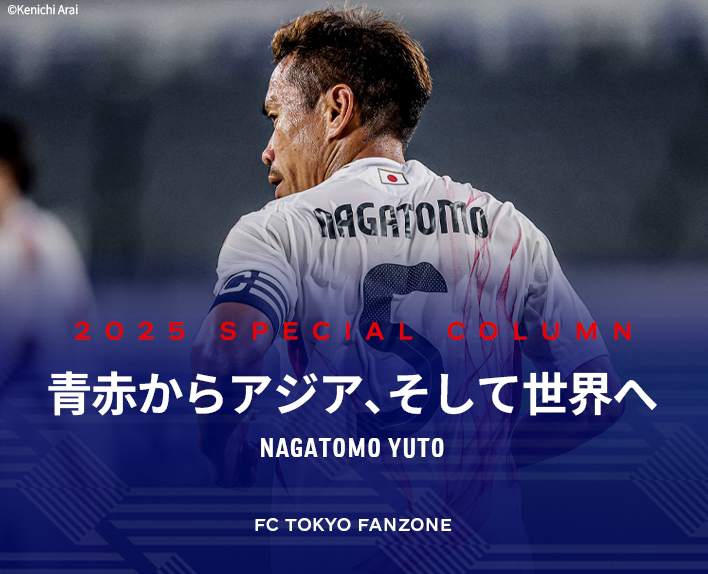Kota TAWARATSUMIDA, selected from FC Tokyo for the SAMURAI BLUE (Japan national team) in the East Asian E-1 Football Championship Final Round 2025 held in South Korea. In the match against China, he responded to being in the starting lineup, using his specialty dribbling to bewilder the opponents, and showcased his strengths for the upcoming World Cup in June next year. Tomoo Aoyama, who covered the event on-site in South Korea, summarizes the battle of this tournament.
What I gained on Korean soil was a steady sense of achievement and a bittersweet feeling.
Following his debut for the Japan national team in June during the FIFA World Cup 26 Asia final qualifiers, a dream since childhood, he was continuously called up to Hajime MORIYASU's Japan for the East Asian E-1 Football Championship 2025 final tournament (E-1). In the previous tournament, he started in the away game against Australia, earning his first national team cap, and was brought on as a substitute in the subsequent match against Indonesia, becoming the only player from the initial Asia final qualifiers call-up group to make consecutive appearances. In this East Asian E-1, which was approached as a 'J.League Select' team, he was expected to play a key role as an experienced national team member.
Becoming a member of the Japan national team has heightened my awareness, especially regarding the importance of the team's performance. Bearing the heavy responsibility of representing my country has increased my desire for results both in Tokyo and on the national team more than ever before.
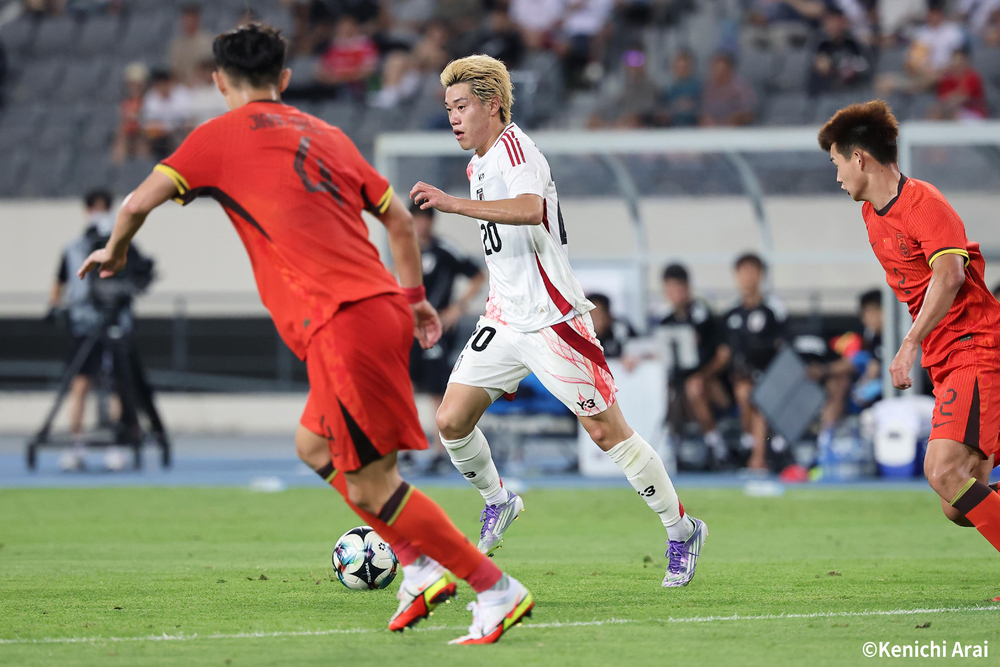
Tawara Tsukida himself commented at the start of the tournament, "Personally, I think I have to show a difference, but with my usual mindset, I want to create chances steadily from my position." On the first day of training for this tournament, he expressed his enthusiasm, "I'm happy to be able to wear the uniform of the Japan national team again. Since this is a tournament, I want to win as a member of the Japan national team."
The national team, which gathered in Suwon, South Korea on July 6, played against Hong Kong, China after two days of training. Yuki Soma (FC Machida Zelvia), who was a member of the FIFA World Cup Qatar main squad, was appointed as the left wing-back for the tournament's first match and was also entrusted with the role of game captain.
Soma was dynamic in the opening match. He unleashed dribbles freely in all directions, showcasing breakthroughs to the front, shots from cut-ins, through passes, as well as accurate kicks from large side changes and set plays. Defensively, he demonstrated aggressive pressing and strength in ball challenges, contributing to three goals including two assists. The play shown by his rival in the same position was stimulating for Tawara Tsukida.
Ultimately, Tawaratsumida, who ended up watching the game unfold from the bench, said, "I was able to see various plays, and since they have things I don't possess, including experience, I want to learn as much as I can."
In the second match against China, Tawara Tsukida earned his third national team cap. He was again deployed as a left wing-back, building a vertical relationship with Yuto NAGATOMO, who played as the left stopper. Tawara Tsukida expressed his enthusiasm, saying, "I want to devise various strategies not only through my own initiatives but also as a team." However, they could not break down the opponent's defense, which was solidified with a five-back formation. He admitted, "In the first half, the ball rarely came to me, so I couldn't make the most of my strengths."
Still, in the 28th minute of the first half, he took on a one-on-one on the left side and penetrated deep into the opponent's territory, setting up a decisive header by Mao HOSOYA (Kashiwa Reysol). In the 40th minute, he fiercely pressed back near the touchline, skillfully using his body to cut the ball while showing physical strength, demonstrating his quality in both offense and defense throughout.
The team, having made adjustments at halftime, was able to launch balanced attacks from both the left and right sides in the second half, bringing out the best qualities of Tawara Tsukida.
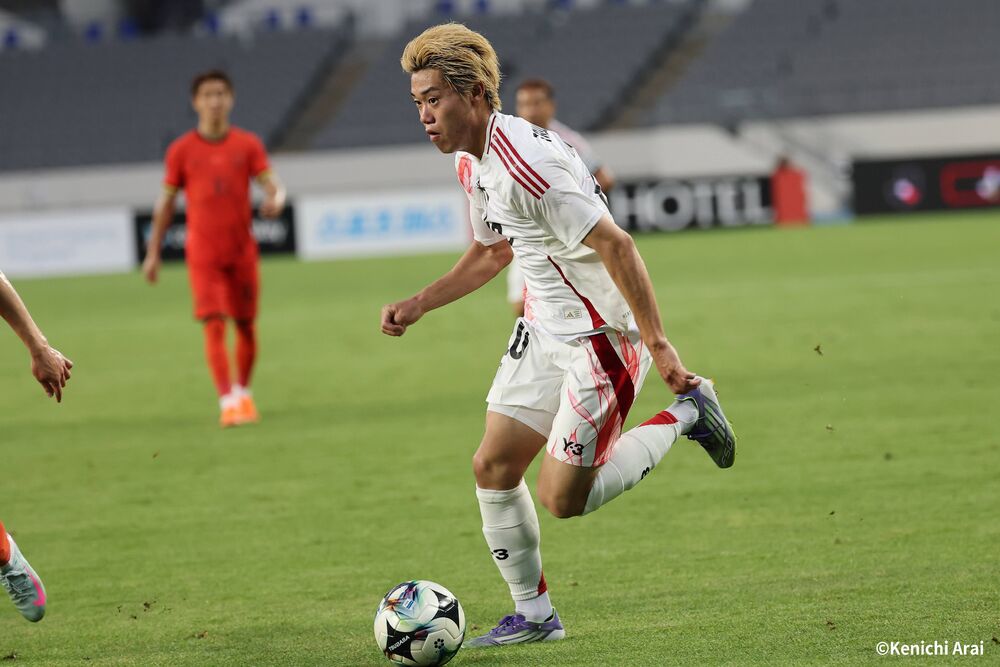
The biggest highlight of this match for him was probably the breakthrough at the 19th minute of the second half. From a rhythmic step, he attacked vertically, then changed his dribbling course to cut inside toward the center. From this brilliant breakthrough slicing through the opponent's defense, he passed to the right side, leading to an additional goal by Henry Kaiki Mochizuki (Machida).
"In the second half, with encouragement from the coach and staff, I also communicated more on my own, and the ball started coming to me. (Regarding the scene where I won the ball back with pressing in the first half,) Coach Moriyasu kept telling me, 'First, don't lose to the opponent right in front of you,' so I naturally started to show that kind of play. I think the second half was a match where my strengths really came alive, and it was also great that my dribbling led to Kelly's goal. There were several moments where I broke through with dribbling, so I hope to deepen communication and coordination so that I can show my good qualities from the first half as well."
The young man, whose expression changed significantly from the overly tense match against Australia in June, seemed to be gradually gaining confidence in his dribbling breakthroughs even on the international stage. He emphasized the comment "As long as I can receive the ball," and it was true that he created some highlights. "Even just playing my specialty makes the opponent uncomfortable. I'm gradually gaining confidence, and when I get on the field, I want to take the initiative more and more," he also said. Although it was unfortunate that it was not direct, he was able to be involved in the goal and victory he was so particular about.
However, Soma once again started in the third match against the South Korean national team, which was for the championship. In the end, Tawara Tsukida never got a chance to play, and he was unable to step onto the pitch in the tense away match between Japan and South Korea, where the title was at stake.
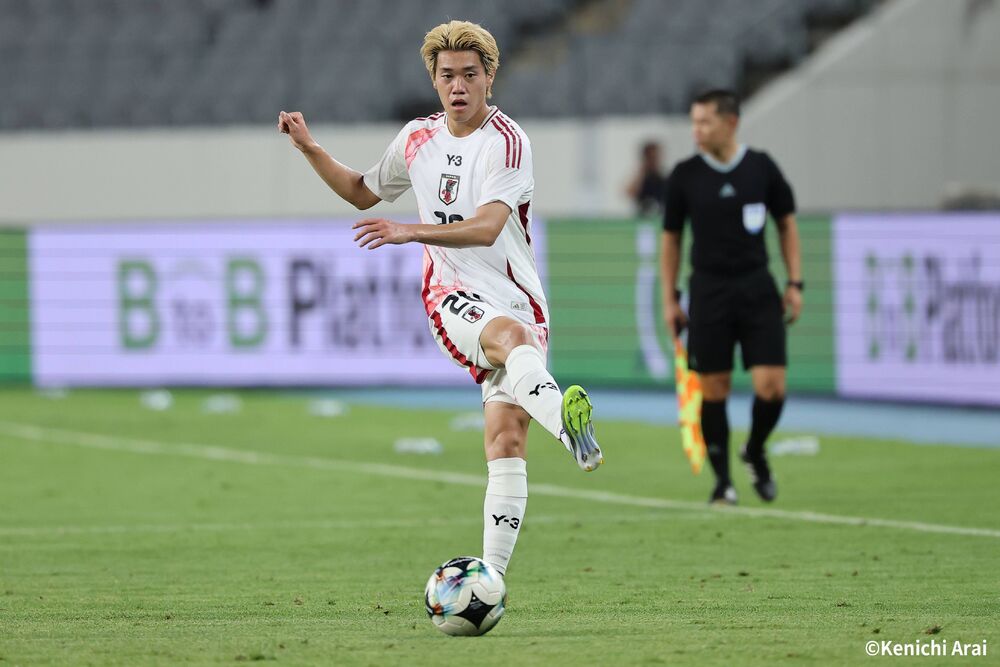
Gradually gaining confidence, he experienced the bittersweet reality of not being selected for important matches. He himself says that his position in the Japan national team is "still far from ideal," reflecting that "there are challenges in defense, as well as in the accuracy of finishing and final passes."
There is undoubtedly a solid charm that others do not possess. The key is how to consistently express it at a high level. While working on personal improvement, deepening communication both on and off the pitch will make that weapon even stronger. Organize your thoughts, increase what you see, input information while verbalizing it, and accurately output it through your play. Focusing on reproducibility in this way should lead to greater growth.
What is required is awareness and continuity. The intense time spent since June representing Japan national team will bring what kind of plus to his future? We want to look forward to the changes and evolution that the 21-year-old dribbler aiming higher from everyday life will show here in blue and red.
(Honorifics omitted in the text)
Text by Tomoo Aoyama
Photos by Kenichi Arai
